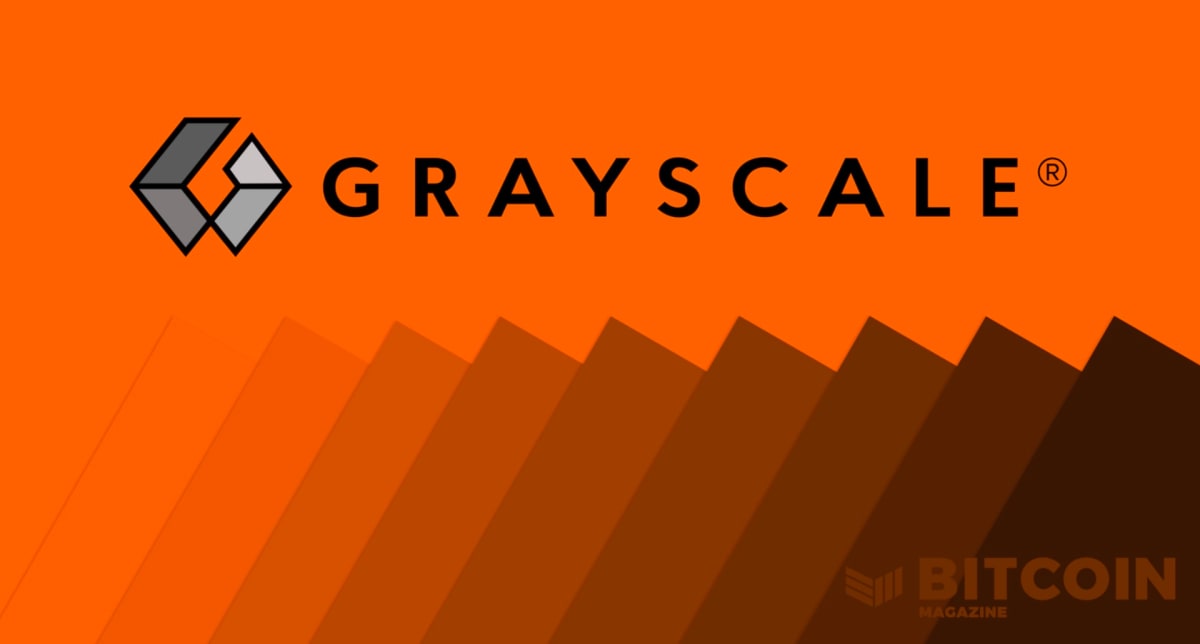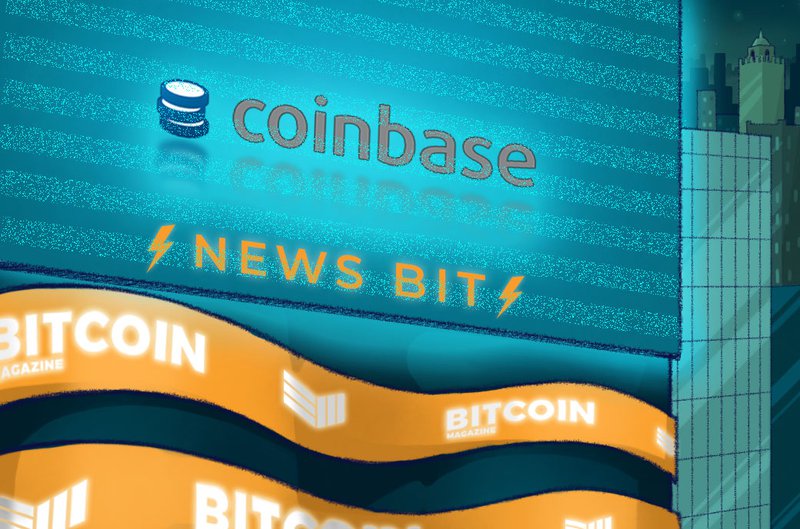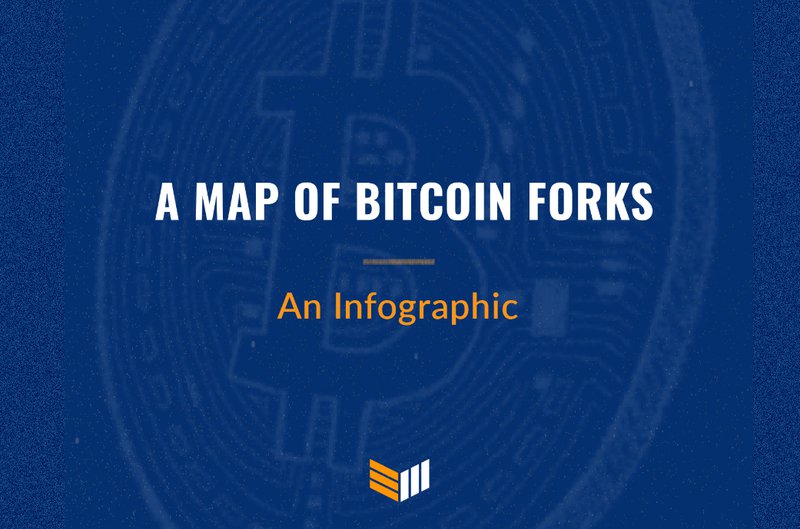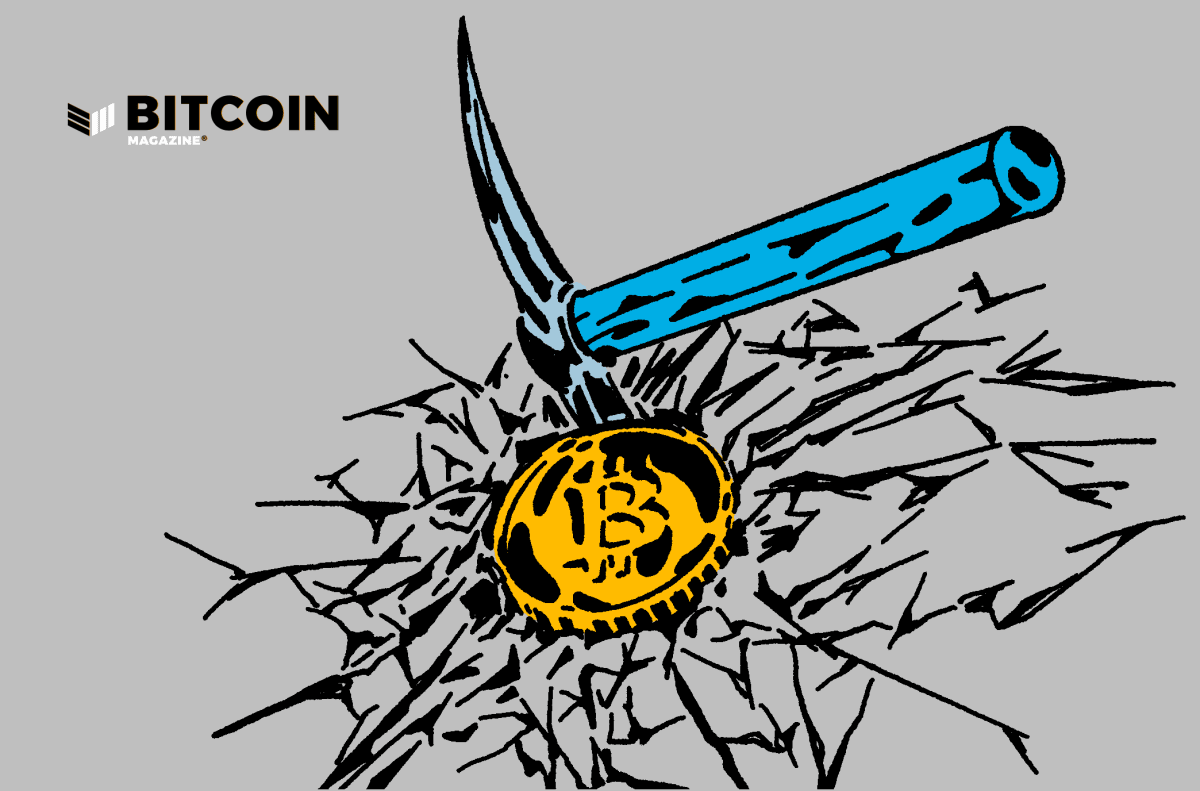The New Wave Of Bitcoin L2s Are Sidechains
I heard a lot of people say no one could define an L2 at Bitcoin Asia. The problem is that we have a definition, and most people just want to ignore it. Marketing, eh.
“Bitcoin L2s” are the hottest thing on the street. People are using a bunch of jargon to distract users from trust assumptions and shill Bitcoin Season 2.
Why all the sudden energy? See, about a year ago, some teams figured out how to use Bitcoin as a data availability layer for rollups. Others have been working on improving trust assumptions related to bridges (aka two-way peg). The research has been making great progress, and a lot of projects think we’ll have rollup-like blockchains in production by 2025.
2025? Some projects claim to be on mainnet now?
Teams have taken this energy and are prematurely promoting the modular thesis for Bitcoin scaling. Projects are launching with bridge contracts on blockchains that aren’t Bitcoin, and are marketing themselves as Bitcoin L2s. Infrastructure providers amplify their message and boast that Bitcoin is back.
But these solutions don’t scale Bitcoin. They’re completely independent, centralized sidechains.
Layers they say? More like layers of trust assumptions.
Definitions
A lot of these projects are trying to adopt the modular thesis for Bitcoin scaling. This basically means that each aspect of the transaction lifecycle can be its own specialized system. Execution, transaction ordering, and data availability can all be operated by independent actors. Bitcoin will be the settlement layer at the base of it all.
It’s not a terrible thesis when you dive into it. But its current implementation on Bitcoin is a bit worse for wear.
A lot of the new projects claim to be “rollups”. Rollups would use Bitcoin for data availability, and post their latest state root, and enough transactions to recompute the state of the blockchain from genesis, to Bitcoin. If they want to scale Bitcoin’s transaction throughput, they’ll also have a trust-minimized, bridge contract where users can deposit funds to mint on the rollup.
Dive into a few documentation sites and you’ll see that none of these new projects (in production) are using Bitcoin for data availability. They want to use an alternative DA solution for performance’s sake. Meaning they want to be “validiums” or “optimiums”.
These constructions are similar to rollups. They’re blockchains that similarly have a bridge contract with the parent chain, but use a different system for DA. This improves performance, decreases costs, but comes with some security tradeoffs.
In the validium design, the L1 contract would be responsible for verifying the validity proof associated with a specific state transition for settlement. After finalizing a specific state transition, the validium bridge contract is able to process withdrawals for users who want to exit the chain, including unilateral exits that users can submit themselves if the state data is available. Optimiums are similar, but they rely on a fraud proof mechanism instead of validity proofs.
But none of the production implementations use a mechanism, on Bitcoin, that supports verifying SNARKs or fraud proofs…
Everything is being verified on a completely different Layer 1 or their own permissioned sidechain network!
Most of these chains are forking an Ethereum L2 SDK. They’re either settling on Ethereum or some completely centralized fork of geth they scraped together.
So there’s no relationship to Bitcoin. Maybe it settles on Ethereum, uses the hottest DA layer, and has a kick-ass execution layer.
But it’s not Bitcoin.
So sidechains?
All the new Bitcoin L2s are just modular sidechains. And when I say “modular sidechain”, I mean they run an alternative blockchain off of their parent blockchain for performance purposes. They also make security tradeoffs by using an alternative DA layer for improved performance.
Their bridge with Bitcoin? Run by multi-sigs.
So the general trust assumptions users take on are:
- Hope multi-sig operating the Bitcoin bridge doesn’t rug them
- Hope the centralized sequencer will include and execute their transactions
- Trust the alternative DA layer to ensure data is readily made available
- Hope the centralized prover will post state transitions to the L1 contract OR hope centralized challengers will challenge malicious state transitions
- Trust the sidechain’s parent chain to validate state transitions (finality)
- Trust an admin key to not upgrade the chain and steal user funds
Using a modular Bitcoin sidechain is fine if users know they’re trusting a completely centralized chain, and bridge program, to use their BTC. A couple projects are completely honest about this approach, and I’ve said publicly that I’m not completely against it from a go-to-market perspective.
The problem is that the majority of teams abstract away security details and attempt to make it seem like their designs are remotely similar to modular constructions in Ethereum or other ecosystems.
Not all hope is gone
You might read this post and think the entire situation has gone to hell and is not worth exploring. Some days it might feel like that, but there’s a lot of cool R&D work happening around improved sidechain designs.
Teams like Citrea and Alpen Labs are looking to develop rollups on top of Bitcoin. A lot of great work is being driven from the BitVM community and the ZeroSync team on improving two-way peg designs and developing a SNARK verifier that works today. This work is also inspiring a number of bridging proposals from various rollup and sidechain projects.
You can’t throw the good out with the bad in these situations. It’s not completely hopeless. But, all of the nonsense that we see in other ecosystems around convoluted scaling proposals, token incentives and the “progressive decentralization” roadmaps?
That’s coming to Bitcoin times a hundredfold.
So, yeah. These new chains aren’t L2s.
Don’t lie to users.









